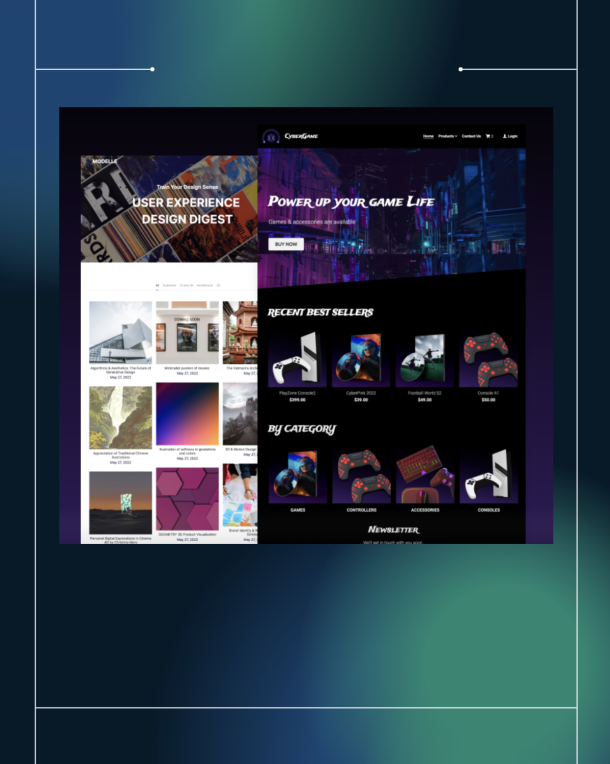Want to launch and manage your Google Ads campaigns like a pro? Learn how to add Google Ads Conversion tracking below 👇
Google Ads Conversion Tracking is a great way to know what percentage of your traffic is actually converting.
This knowledge allows you to make informed decisions about the best way to market your business online, which ultimately leads to more conversions and revenue.
But the goodness doesn’t just end there. Just by putting conversion tracking up, you can go far beyond the usual “trial-and-error” approach most businesses make while running campaigns on Google Ads.
- Your conversions data helps Google collect and process more information about the kind of people who are likely to convert for your business.
- Google Smart campaigns (that leverage the power of artificial intelligence and machine learning to harness all that data Google has to show your ads to just the right target audiences.
- Check out this step-by-step guide on how to add Google Conversion Tracking code or tags into your website.
What is Google Ads Conversion Tracking?
By adding a piece of code (the Google Ads Tracking Code) to the final pages of your website (which look more or less like /thank-you or /thanks), you let Google know that a conversion has happened, thanks to the ad campaigns you are running.
That’s basically what Google Ads Conversion tracking is all about, on the surface. Of course, there’s a lot more that it helps with than just that.
Why you should use conversion tracking?
Conversion tracking helps you find out which ads are the most effective and how much money you’re spending on advertising. It also provides a benchmark for future conversions so that you can optimize your ad spend to get more sales.
Not only that, Google also uses the data on your “conversions” and helps:
- Track your ad campaigns spend and returns more accurately. This way, you’ll also be able to use several other bidding strategies available to you such as tCPA (Target CPA) and tROAS (Target Return on Ad Spend)
- Launch ultra-smart smart ad campaigns that’ll use all the data, machine learning, and artificial intelligence prowess that Google has.
- Helps you tap into and unleash the reach that all the Google properties available (such as Google Display partners, YouTube, Gmail, and more).
What Do you Need For Google Ads Tracking?
You will need:
- A Google Ads account (if not, sign up)
- Add the code provided to your website without using a tag manager
- Use the Google Tag Manager to setup Google Ads Tracking for Conversions.
- Place the code on your site by hand (for advanced users)
- A way to add the Google Ads conversion tracking code to your website and/or your landing pages
Looking for the best ways to building landing pages? Check out these three tools below:
How to Add Google Ads Tracking Code
Wondering how to set up Google Ads Conversion tracking code? There are three ways to do it.
First, there’s always the option of adding the tracking code to your site manually. Just pick the two pieces of code and add it to the head section of your website (both the codes, one below the other).
Second, have your developer or your digital marketing person do it for you.
Third, use the Google Tag Manager.
Here’s a video on how to add the Google Ads Tracking code to add the code by using the Google Tag Manager.
Test and monitor to see if Google Ads is Tracking conversions
If you use the URL tracking method (a conversion is tracked when your leads or customers reach a specific URL (like , you can immediately visit that page to speed up the process of “verifying” if your conversions are being setup right.
Alternatively, wait for some leads to sign up or purchases to happen on your site to check if your conversion setup for Google Ads is working.
Note:
- You’d have to set up separate conversion events for each of the different types of campaigns you run.(one conversion event for calls, another one for lead generation, and another one for sales).
- If you use landing page software such as Unbounce, Instapage, LeadPages, or Clickfunnels, you’d have to add the main tracking codes and the accompanying codes to each of the landing pages you create (most of these landing page tools allow you to set up the code once so that you don’t have to repeat the process).

